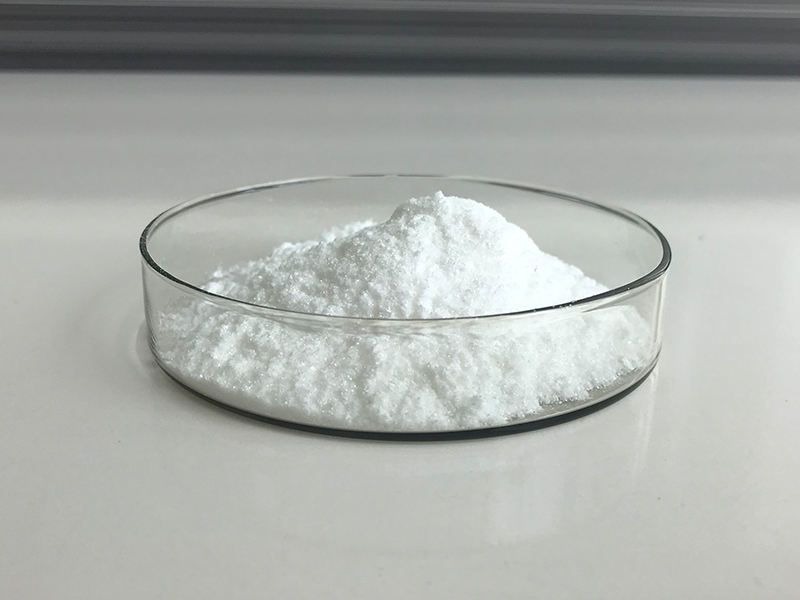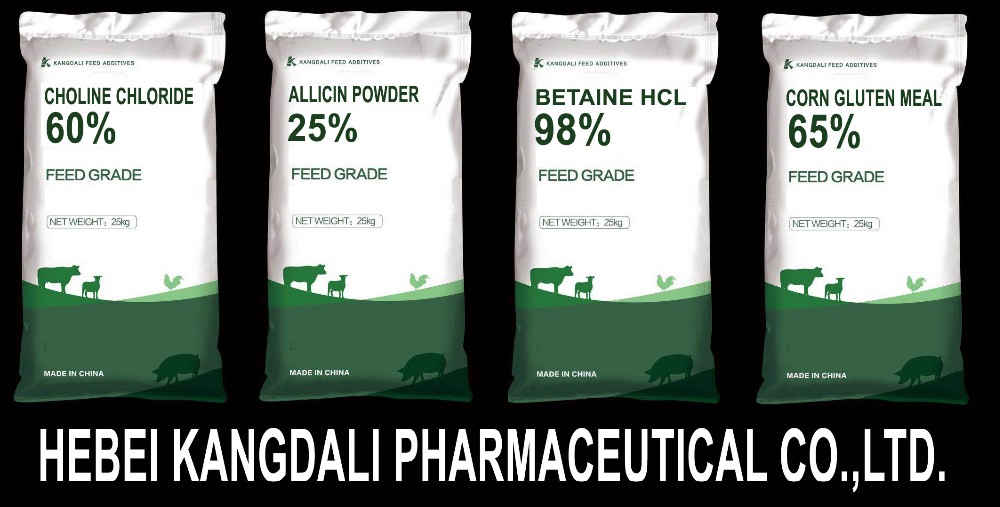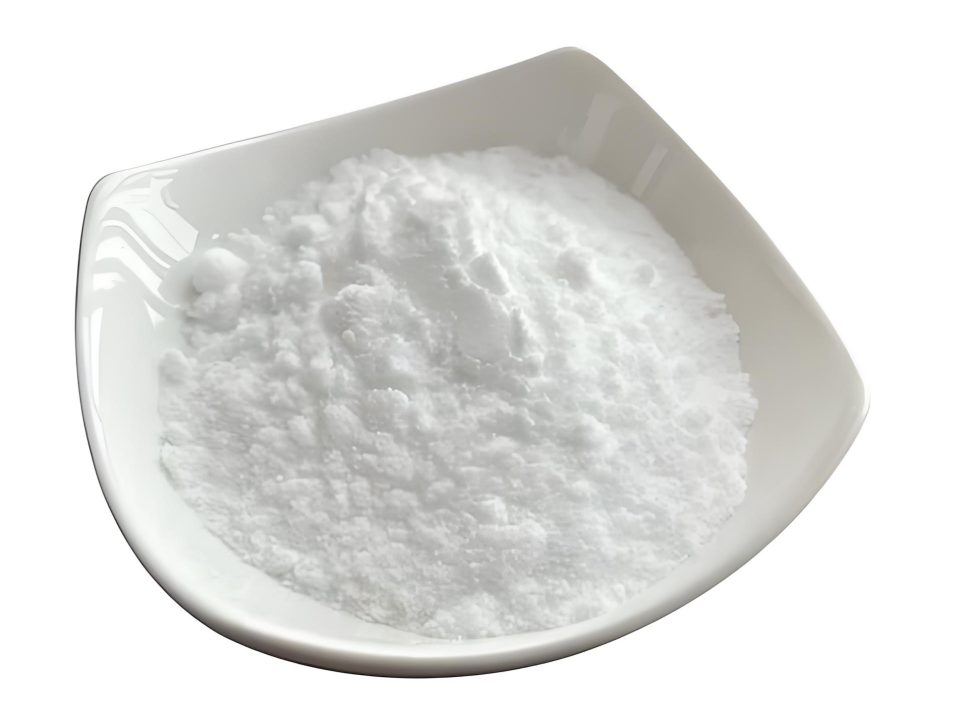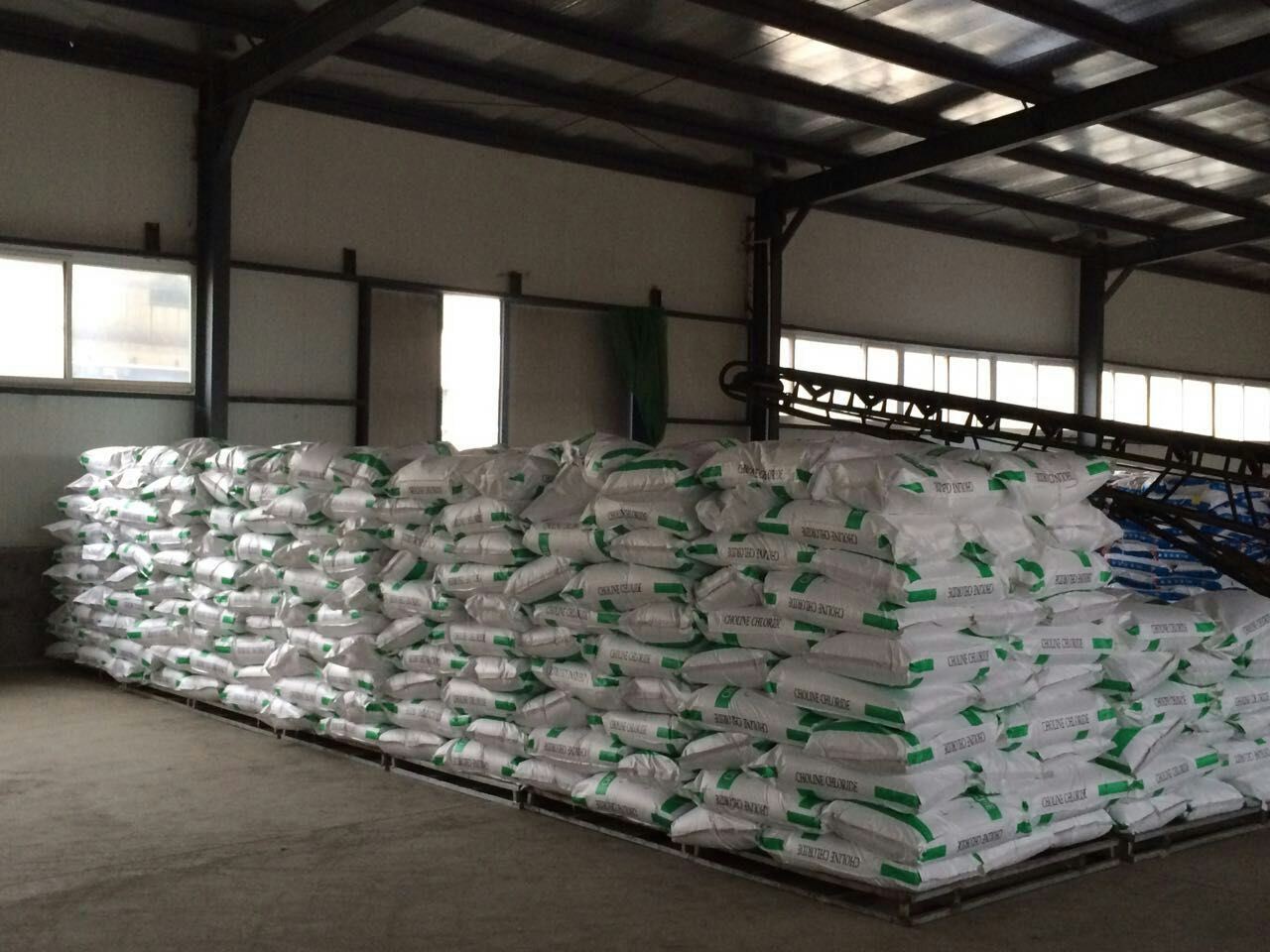Comprehensive Analysis of the 2025 Choline Chloride Market

Chicken Liver Powder for Feed and Its Applications in Pet Food Nutritional Characteristics
July 31, 2025
The Impact of Dietary Supplementation with Choline Chloride and DMPT on Feed Ingestion and Protein Utilization in Fish
September 8, 2025Comprehensive Analysis of the 2025 Choline Chloride Market: Market Size, Regional Analysis, Product Types, and Applications
Abstract
Choline chloride, a vital feed additive and nutritional supplement, is extensively used in animal feed, human nutrition, pharmaceuticals, and the oil and gas industry. In 2025, the global choline chloride market is projected to reach USD 1.53 billion, with a compound annual growth rate (CAGR) of approximately 7.8% from 2025 to 2034. The Asia-Pacific region is expected to dominate, holding a 41% market share, driven by rapid growth in livestock and aquaculture in China and India. Product types include liquid (70%, 75%) and powder (50%, 60%, 70%, 98%), with liquid forms accounting for 61.7% of the market due to their ease of mixing and high absorption. Animal feed is the primary application, comprising 46% of the market, particularly in formulations with high-nutrient additives like chicken liver powder, enhancing nutritional value and palatability. This report analyzes market size, regional distribution, product types, and applications, exploring technological innovations such as bio-based production and sustainable manufacturing trends. Stringent regulatory requirements and raw material price volatility pose challenges, but the market outlook remains positive due to rising global meat consumption and demand for animal nutrition. This study provides strategic insights for feed manufacturers to optimize choline chloride applications.
1. Introduction
Choline chloride (chemical name: 2-hydroxyethyl trimethylammonium chloride), often referred to as vitamin B4 , is a critical nutrient used in animal feed, human nutrition, pharmaceuticals, and oil and gas applications. In 2025, the global choline chloride market is estimated to reach USD 1.53 billion, with a CAGR of 7.8% from 2025 to 2034, driven by increasing global meat and poultry consumption, particularly in the Asia-Pacific region. In animal feed, choline chloride acts as a methyl donor, supporting fat metabolism, liver function, and neurotransmitter synthesis (e.g., acetylcholine), significantly enhancing animal growth and health. When combined with high-protein feed additives like chicken liver powder, choline chloride improves feed palatability and nutrient absorption, notably in pet food and aquaculture. Market growth is fueled by population growth, rising meat consumption, and heightened focus on animal nutrition. The Asia-Pacific region, led by China and India, dominates due to its expanding livestock sector and cost-effective production capabilities. North America and Europe maintain steady growth, supported by stringent feed quality regulations and advanced agricultural systems. This report provides a detailed analysis of the 2025 choline chloride market’s size, regional dynamics, product types, and applications in animal feed, with a focus on its synergy with chicken liver powder, while addressing market trends and challenges to guide feed industry stakeholders.
2. Market Size and Trends
Industry projections indicate that the global choline chloride market will reach USD 1.53 billion in 2025, up from USD 1.42 billion in 2024, reflecting a 7.8% growth rate, with a forecasted CAGR of 7.8% through 2034, reaching USD 3.02 billion. The primary driver is the rising demand for animal feed, which accounts for 46% of the market share, particularly in poultry, swine, and aquaculture sectors. Global meat consumption, especially poultry (projected to constitute 47% of meat protein intake by 2031), fuels the need for choline chloride as a feed additive. In pet food formulations, chicken liver powder combined with choline chloride enhances nutritional density and palatability, boosting feed intake by 10–15%. The Asia-Pacific region held a 41% market share in 2023 and is expected to maintain dominance in 2025, driven by livestock and aquaculture growth in China and India. Additionally, the oil and gas sector’s use of choline chloride as a clay stabilizer is expanding, particularly in North America and the Middle East, with a projected CAGR of 9.2% from 2025 to 2032. Innovations like bio-based choline chloride production and sustainable manufacturing are reducing costs and enhancing competitiveness. However , raw material price fluctuations and stringent regulations (e.g., FDA feed quality standards) may hinder growth. Market trends highlight a shift toward nutrient-fortified feed additives, with choline chloride and chicken liver powder synergy emerging as a key focus in pet food formulations.
3. Regional Analysis
3.1 Asia-Pacific
The Asia-Pacific region is the largest market for choline chloride in 2025, projected to hold a 41% global market share, driven by robust demand from livestock and aquaculture in China, India, and Southeast Asia. China, the world’s largest poultry meat consumer, recorded approximately 12.8 million tons of poultry consumption in 2023, expected to rise to 13.5 million tons by 2025, directly increasing choline chloride demand in poultry feed. In pet food formulations with chicken liver powder, choline chloride at 2–5% inclusion rates enhances palatability and nutrient absorption, particularly for taurine requirements in cat food. India and Vietnam’s aquaculture sectors are also expanding rapidly, with choline chloride in fish and shrimp feed improving growth rates by 8–10%. The region’s low production costs and abundant raw material supply make it a global hub for choline chloride manufacturing, attracting significant investments. Additionally, the focus on sustainable agriculture has spurred research into bio-based choline chloride, with a projected CAGR of 7.0% from 2025 to 2032. Challenges include raw material price volatility and disease outbreaks (e.g., swine fever), which may disrupt livestock production and choline chloride demand. Nevertheless, the Asia-Pacific’s dominance is expected to persist due to its vast livestock base and rapid urbanization, solidifying its position as the market leader in 2025.
3.2 North America and Europe
North America is the second-largest choline chloride market, with a projected market size of USD 450 million in 2025, growing at a CAGR of 6.5%. The United States and Canada’s established livestock sectors and stringent feed quality regulations (e.g., FDA standards) drive choline chloride use in animal feed, particularly in pet food and poultry. In pet food, chicken liver powder combined with choline chloride at 2–5% inclusion rates for dry kibble and 3–7% for wet food increases feed intake by 15–25%. The oil and gas industry’s demand for choline chloride as a clay stabilizer is also growing, generating USD 213 million in revenue in 2023, with a projected CAGR of 9.2% from 2025 to 2032. Europe’s market is expected to reach USD 380 million in 2025, with a CAGR of 6.2%, driven by poultry and swine feed demand. Europe’s emphasis on animal welfare and sustainable agriculture promotes choline chloride use in organic feed, with Germany, the UK, and France as key markets benefiting from advanced feed production technologies. However, high production costs and stringent environmental regulations may limit expansion in Europe. Both regions share a growing demand for high-purity (98%) choline chloride in pharmaceuticals and human nutrition, expected to diversify the market in 2025. North America and Europe’s stable growth underscores their critical role in the global choline chloride market.
4. Product Types
4.1 Liquid Choline Chloride
Liquid choline chloride (primarily 70% and 75% concentrations) accounted for 61.7% of the global market share in 2023 and is expected to dominate in 2025, with a market size of approximately USD 940 million. Its advantages include ease of mixing, high solubility, and uniform distribution in feed, making it ideal for modern automated feed systems. In pet food formulations with chicken liver powder, liquid choline chloride at 3–7% inclusion rates enhances palatability (increasing feed intake by 12–20%) and nutrient absorption, particularly in wet food and aquaculture feed. Liquid choline chloride’s lower transportation and storage costs make it widely used in poultry, swine, and aquaculture feed. Global production of liquid choline chloride reached approximately 407,000 tons in 2023, projected to increase to 445,000 tons by 2025, with a CAGR of 6.2%. In the oil and gas industry, liquid choline chloride serves as a clay stabilizer in drilling fluids and hydraulic fracturing, with a projected CAGR of 9.8% from 2025 to 2032. However, its lower storage stability, affected by temperature and humidity, necessitates improved packaging solutions. Technological advancements, such as cost-efficient production and eco-friendly formulations, are expected to bolster liquid choline chloride’s market position in high-value feed and industrial applications by 2025.
4.2 Powdered Choline Chloride
Powdered choline chloride (50%, 60%, 70%, 75%, and 98% purity) accounted for 27.8% of the market share in 2023, with a projected market size of USD 590 million in 2025, growing at a CAGR of 7.3%. The 50% purity powdered form is cost-effective and widely used in animal feed, generating USD 138.5 million in revenue in 2023, particularly in poultry and dairy cattle feed to enhance lipid metabolism and milk quality. In pet food, chicken liver powder combined with 50% or 70% powdered choline chloride at 2–5% inclusion rates improves nutritional density and palatability, enhancing coat quality by 10–15%. High-purity (98%) powdered choline chloride is primarily used in pharmaceuticals and human nutrition, meeting stringent quality standards, with a projected CAGR of 9.8% from 2025 to 2032. Powdered forms offer advantages like ease of storage and a longer shelf life (18–24 months), but their lower solubility compared to liquid forms may affect mixing efficiency in certain feeds. The Asia-Pacific region is the primary producer and consumer of powdered choline chloride, benefiting from low-cost production and large-scale livestock demand. Challenges include raw material price volatility and competition from alternatives like betaine, but powdered choline chloride’s versatility ensures steady growth in 2025.
5. Applications
5.1 Animal Feed
Animal feed is the largest application segment for choline chloride, accounting for 46% of the market share in 2023, with a projected market size of USD 700 million in 2025, growing at a CAGR of 6.9%. Choline chloride serves as an essential nutrient in poultry, swine, aquaculture, and pet feed, promoting fat metabolism, liver function, and growth efficiency. In pet food formulations with chicken liver powder, choline chloride at 2–5% inclusion rates synergizes to enhance palatability (increasing feed intake by 15–25%) and nutritional value, particularly meeting taurine requirements in cat food. Poultry feed is the largest sub-segment, comprising 45% of animal feed applications in 2023, driven by global poultry meat consumption growth (projected to reach 13.5 million tons by 2025). Aquaculture feed demand is also rising, particularly in the Asia-Pacific, where choline chloride improves fish and shrimp growth rates by 8–10%. Liquid choline chloride is preferred in wet food and aquaculture feed due to its mixing ease, while powdered forms dominate in dry kibble. Market drivers include rising meat consumption and growing awareness of animal nutrition, but challenges involve stringent feed regulations and competition from alternatives. The combination of choline chloride and chicken liver powder offers a high-nutrient, cost-effective solution for pet feed, expected to drive market growth in 2025.
5.2 Other Applications
Beyond animal feed, choline chloride is critical in human nutrition, pharmaceuticals, oil and gas, and personal care, collectively accounting for 54% of the market share in 2023, with a projected market size of USD 830 million in 2025, growing at a CAGR of 8.2%. In human nutrition, choline chloride is used as a dietary supplement to support liver function and cognitive health, particularly in North America and Europe, with a projected CAGR of 7.5% from 2025 to 2032. The pharmaceutical industry employs high-purity (98%) choline chloride in drugs for liver and neurological disorders, generating USD 120 million in revenue in 2023. The oil and gas sector is the fastest-growing application, using choline chloride as a clay stabilizer in drilling fluids and hydraulic fracturing, with USD 213 million in revenue in 2023 and a projected CAGR of 9.2% from 2025 to 2032, notably in North America and the Middle East. In personal care, choline chloride is used in water treatment and textiles, with a smaller but stable market. In pet food with chicken liver powder, choline chloride’s role mirrors its human nutrition benefits, enhancing nutrient absorption. Challenges include high-purity production costs and regulatory hurdles, but innovations like bio-based production offer opportunities for diversified applications in 2025.
6. Market Challenges and Opportunities
The 2025 choline chloride market faces several challenges and opportunities. Challenges include raw material price volatility (e.g., ethylene oxide and trimethylamine used in production), which may increase costs and affect competitiveness. Stringent regulations, such as FDA and EU standards for feed and food additives, raise compliance costs. Competition from alternatives like betaine and natural choline sources may also limit growth, particularly in cost-sensitive feed markets. Opportunities arise from global meat consumption growth (projected to increase animal protein production by 1.7% by 2050), offering a vast market for choline chloride, especially in Asia-Pacific’s livestock and aquaculture sectors. The synergy of choline chloride with chicken liver powder in pet food provides significant benefits, boosting feed intake by 15–25% and improving feed conversion by 10%, aligning with demand for premium pet nutrition. Technological advancements, such as bio-based production and microencapsulation, reduce environmental impact and enhance product stability, expected to drive growth in 2025. The Asia-Pacific’s low-cost production and R&D investments offer expansion opportunities. Strategic partnerships, mergers, and regional market penetration (e.g., investments in Asia-Pacific) can further strengthen market positions. Overall, the choline chloride market in 2025 will benefit from trends in nutrient fortification and sustainability, positioning it for robust growth.
In 2025, the global choline chloride market is projected to reach USD 1.53 billion, with a CAGR of 7.8%, driven by demand in animal feed, particularly in the Asia-Pacific region, which holds a 41% market share. Liquid choline chloride (61.7% market share) and powdered forms (50%, 70% purity) cater to diverse needs in animal feed, pharmaceuticals, and oil and gas. In animal feed, choline chloride’s synergy with chicken liver powder significantly enhances pet food palatability and nutritional value, increasing feed intake by 15–25%, especially in dry kibble, wet food, and treats. Innovations like bio-based production and microencapsulation are steering the market toward sustainability and efficiency. Challenges such as raw material price volatility and stringent regulations persist, but rising global meat consumption and animal nutrition awareness offer substantial opportunities. Feed manufacturers can leverage choline chloride and chicken liver powder combinations to develop high-nutrient, cost-effective pet feeds, meeting consumer demand for premium animal protein. For further inquiries or tailored solutions, please contact us at [insert contact details]. The choline chloride market in 2025 is poised to remain a cornerstone of animal nutrition and industrial applications, with strong growth potential.
Related posts
CHOLINE CHLORIDE is a basic constituent of lecithin that is found in many plants and animal organs. It is important as a precursor of acetylcholine, as a methyl donor in various metabolic processes, and in lipid metabolism. PubChem CID: 6209 Chemical Names: CHOLINE CHLORIDE; 67-4... Molecular Formula: C5H14NO.Cl or C5H14Cl... Molecular Weight: 139.623 g/mol






